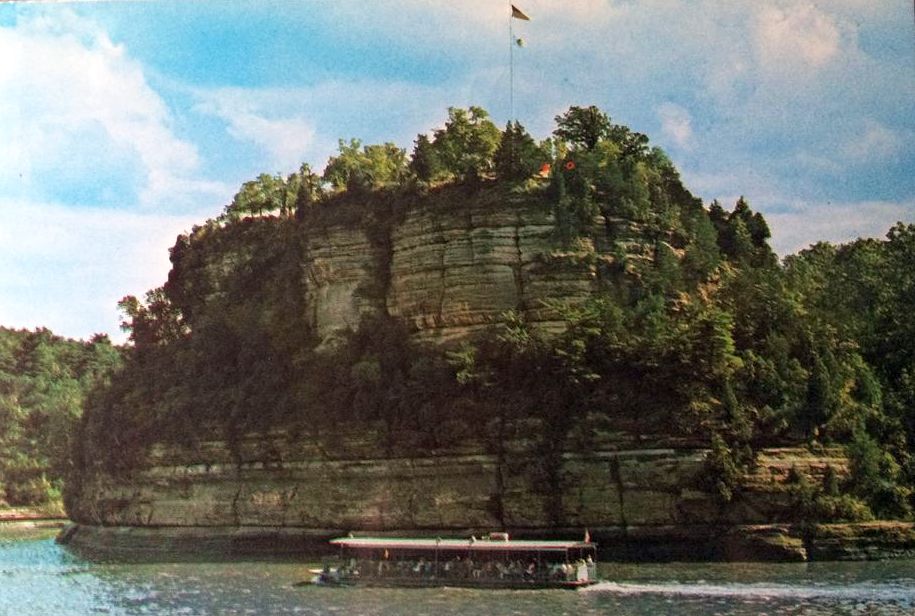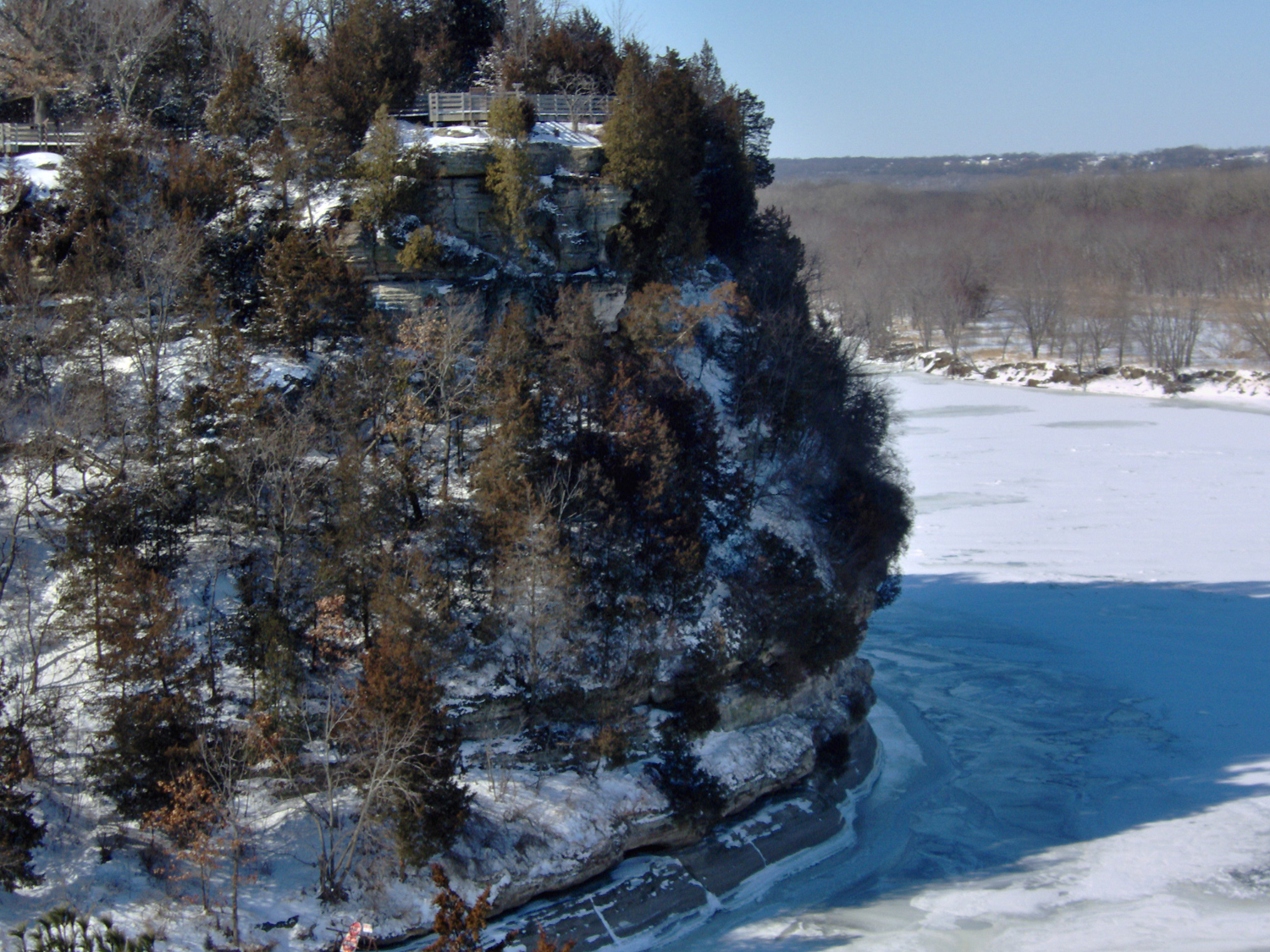Authors:
Historic Era: Era 2: Colonization and Settlement (1585-1763)
Historic Theme:
Subject:
November 2020 | Volume 65, Issue 7


Authors:
Historic Era: Era 2: Colonization and Settlement (1585-1763)
Historic Theme:
Subject:
November 2020 | Volume 65, Issue 7
Editor's Note: Mark Walczynski is a retired professor at Illinois Valley Community College and the park historian for the Starved Rock Foundation, located at Starved Rock State Park in Utica, Illinois. His latest book is The History of Starved Rock (Cornell University Press, 2020), in which portions of this essay appear.

When Jolliet and Marquette made their expedition of the Mississippi in 1673, it introduced 17th century Canadian and French authorities to the potential for trade, colonization, and religious conversion in the Illinois Country, and more specifically to the Upper Illinois Valley. In fact, within a decade of the famous voyage, France would establish its furthest outpost in North America, called Fort St. Louis, along the shores of the upper Illinois River. They would choose for the site of the outpost one of the area’s most prominent geological features, a 125-feet-high isolated bluff located along the river’s south shore.
See also: "Marquette and Jolliet's Excellent Adventure," by Mark Walczynski
Today this site is known as Starved Rock, and it is home to one of the state’s most popular parks. Based in present-day LaSalle County, just two hours from Chicago, the park welcomes nearly three million visitors each year, both from across America and around the world. If the park were under federal authority, it would rank about eleventh in attendance of all national parks.
Starved Rock has a long history, much of which can be gleaned by visiting the park today. Geologically, the forces of nature exemplified by warming, cooling, and flooding carved and scraped Starved Rock into its current shape. Glaciers that had once spread across the North American continent had acted like huge, mile-high snowplows pushing debris, rocks, and other material from the north and into Illinois. We can see evidence of the glaciers' thrust south ward in glacial debris—formed “C-shaped” hills called moraines, where today on their summits, wind turbines harness another force of nature.

When the ice disappeared and the waters subsided, plants and animals again populated the valley. Archaeological excavations at the site reveal that Native Americans have visited, sojourned, and camped on the Rock for about 10,000 years. A few even interred their dead on the summit. Most researchers believe that these adaptive and industrious people, living in a culture in which iron and steel had yet to be introduced—from approximately 10,000 years ago until about the mid-1600s—made the best technology out of what nature provided, continually adapting and improving methods and tools they employed to kill fish and game, cook and store food, construct dwellings, and manufacture watercraft.
Oblivious to the movement of Europeans from the Old World to the New, the Indians in the Starved Rock area established a village